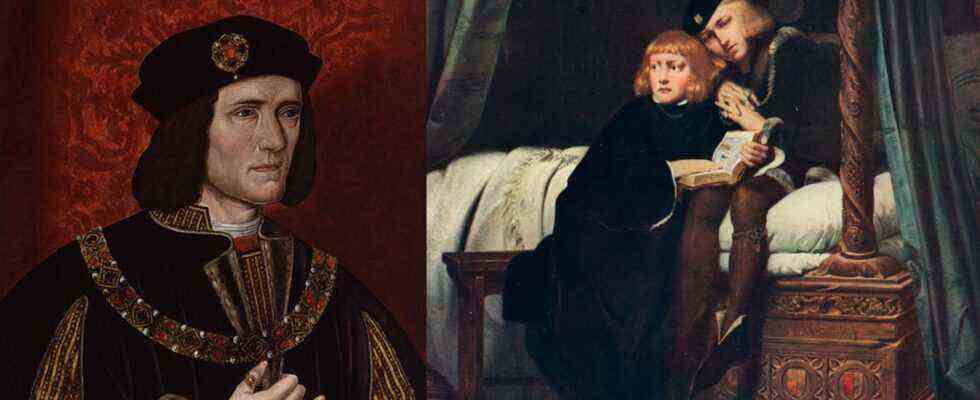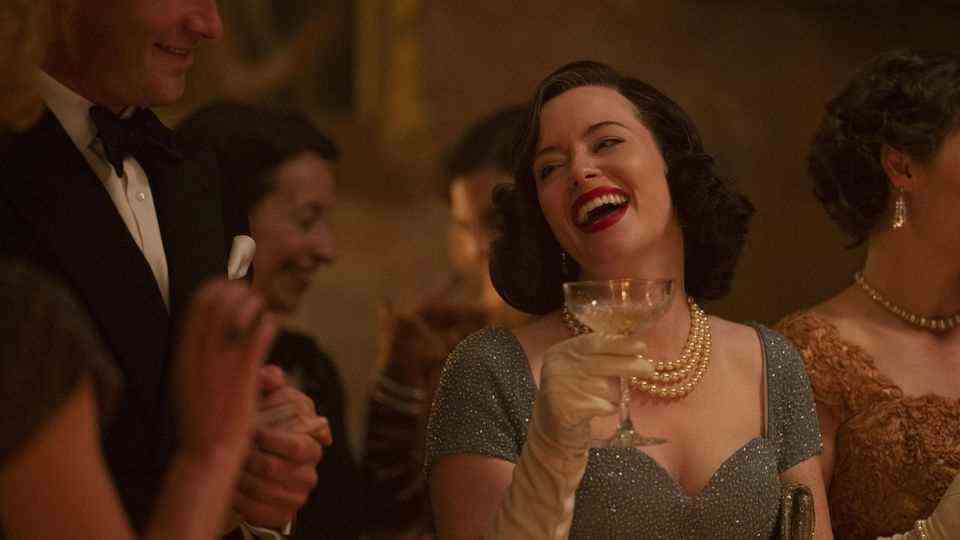Did he murder his nephews? Or was the hunchbacked Richard III. innocent? The British are constantly concerned with this question. Now a team of investigators believe to have cleared up the true fate of the heir to the throne Edward.
The Wars of the Roses of the Middle Ages are happily fought anew in today’s Great Britain. The period of fighting between the Houses of York and Lancaster ended with the death of Richard III. at the battle of Bosworth. The misshapen but brave Richard became immortal when he exclaimed: “A horse, a kingdom for a horse.” And even when the Wars of the Roses are over, it is precisely this Richard III that divides. the British nation for 500 years. Was he really evil incarnate as Shakespeare described it? Or was the writer not more of an unscrupulous propaganda smear who dragged the defeated Richard in the dirt so that the splendor of the victorious Tudor dynasty shone all the more? It has long been known that a large part of the crimes that Shakespeare ascribed to him and depicted sadistically with relish, were not committed by Richard “Krummücken” at all.
Many villains have been invented
But if most of the atrocities that made Richard a monster were invented, the question remains what happened to the “Princes in the Tower”. The innocent blood of the young princes is an obsession of the British soul – they are in a sense the “sissy” of the island. In 1483 Richard III’s nephews disappeared. Did the wicked uncle have them killed because Edward was the true heir to the throne? They are painted as white and pure as two roses. White roses as a sign that they were the true heirs of the York line. They were “smothered with pillows on the orders of their perfidious uncle Richard the Usurper”, says the inscription on the urn in which their presumed remains are kept. The murder charge itself goes back to Sir Thomas More. A courtier of the Tudors who served his dynasty loyally, but did not shy away from any nefariousness himself. Among other things, he was involved in having the wives of Henry VIII executed.
So tradition cannot be trusted, and that is the right breeding ground on which a new prince theory emerges every year. After Professor Tim Thornton broke a lance for the Tudors a year ago by suggesting that Sir Thomas More got his knowledge of the murder directly from a perpetrator, John Dike is now stepping in for the Plantagenet house. He leads a four year cold case investigation called The Missing Princes Project and spoke to the British Telegraf about his discovery. Dike and his colleagues have put a puzzle together like in the novel “Da Vinci” code. Hidden clues that had been overlooked for hundreds of years and which the project’s investigators now knew how to interpret.
Disappeared from the stage
Accordingly, Richard III. make the princes disappear. But the sinister uncle did not want to sully himself with the blood of his relatives. Edward of York – the pretender to the throne – disappeared in 1483 to live under an assumed name in the village of Coldridge. That’s the theory. In the church there, the portrait of a man named “John Evans” looks directly at the stained glass window depicting Edward V, the missing prince himself. The researchers assume that Edward V and this John Evans, looking so intimately at each other, were one and the same person.
“The idea of a missing prince hiding in Devon may seem fantastic at first,” said John Dike. “With all the secret symbols and clues, it sounds a bit like the Da Vinci Code. But the discoveries in this church in the middle of nowhere are extraordinary.”
Edward has given up all claims, first against Richard then against the victorious Henry Tudor. On the other hand, Dike believes that he could spend his life undisturbed on the land of his half-brother Thomas Gray.
The two young princes were last seen at the Tower in the summer of 1483. The mother of the princes, Elizabeth Woodville, had crowned Richard III. resigned and recognized him. In return, Richard pardoned the rebels. Shortly afterwards he sent his henchman Robert Markenfield to the village of Coldridge. And after that, the mysterious John Evans appeared and received titles and possessions. “This man, John Evans, received these prestigious titles even though he apparently came out of the blue, which is strange to say the least. It is possible that Edward was sent here to live in secret as part of the bargain that, as we know it was met between Richard and his mother, “said John Dike.
Look for the DNA evidence
Around 1511 this Evans had his own chapel built in St. Matthews Church, which looks exactly the same today as it did 510 years ago. There the researchers claim to have found numerous indications of his true identity. The most striking is the stained glass window with Edward V .. As in the “Da Vinci Code”, the investigators offer a multitude of observations that point to the missing prince. From portraits with distinctive scars to miniature symbols of 41 stags that reveal the real age Edward built the chapel. Other symbols associated with the York House have been found around the tomb and throughout the building, from floor tiles to roof.
“The fact that all of these symbolic details are in such a remote and inaccessible church, only accessible by cart in 1500 and in the middle of rural Devon, suggests the presence of an important person,” said Dike. “An ideal place for Thomas Gray to remove his half-brother from the political arena with the likely consent of Richard III or, later, Henry VII.”
The clues can be convincing, but perhaps the investigators’ passion also constructed connections that are not there. The fact that the team works under the direction of Philippa Langley speaks against the assumption that quirky hobby detectives are at work here. Her persistent jigsaw puzzle work led to the 2012 excavation where the corpse of Richard III was found. found under a parking lot in Leicester. In the church, however, she found no definitive evidence in the form of DNA, because the grave of the mysterious Evans was empty. “It’s possible the bones are under the church floor, we need more evidence,” said Dike. “Our results already seem to be pointing in one direction – that Richard III was innocent.”





